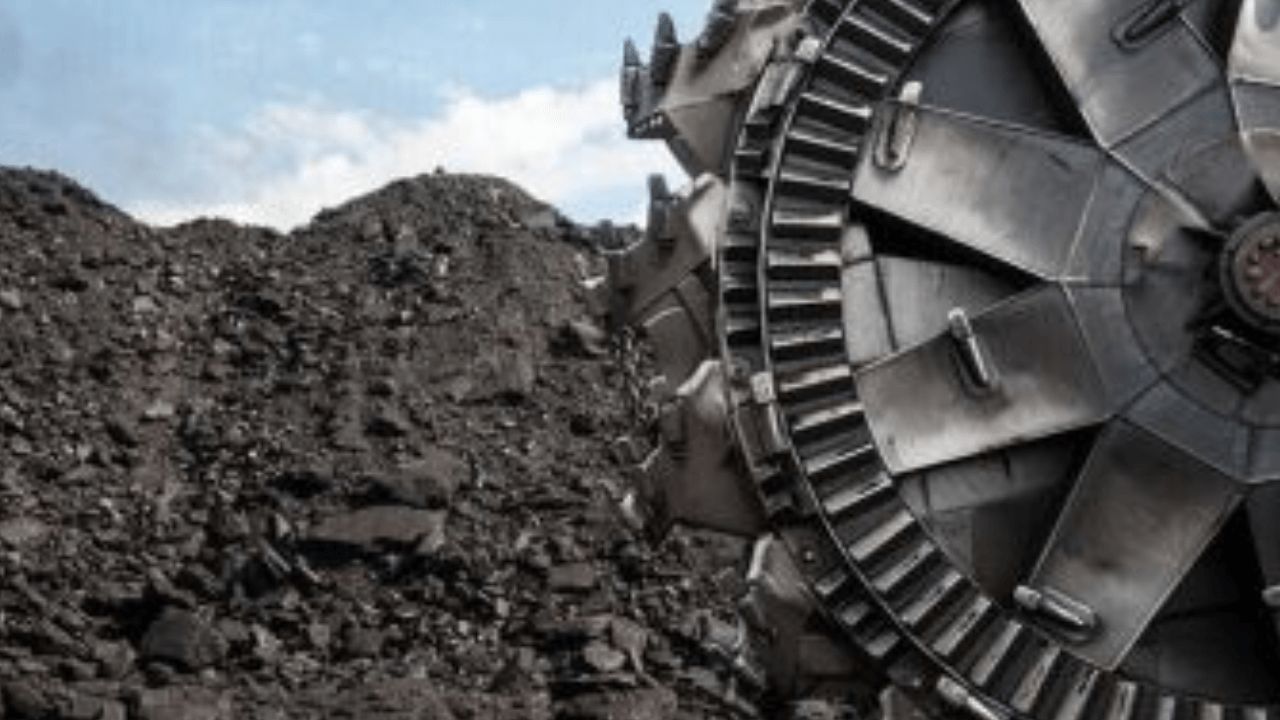Automotive, aerospace, and the building trades are just a few of the industries that have a demand for high-strength, trustworthy, and long-lasting components. These components are commonly produced through casting and forging procedures. Although each technique has advantages and disadvantages, understanding how they differ is essential to making the right decisions for industrial applications.
Our team at CXIN Forging Technology is knowledgeable about the requirements for hot die forging, warm extrusion, precision machining, cold forging, product design, and custom mold services across a range of industries visit homepage to learn more about the forging. Our products include electrical items, motors, fasteners and hardware, forestry, agricultural, and recycling equipment, engineering and mining gear, electric bicycles, electric motorbikes, and equipment.
How Does Forging Make Metal Stronger?
Metal forging is renowned for producing some of the strongest manufactured parts compared to other manufacturing processes. Minor cracks are filled up, and open spots in the metal are closed up when it is heated and pressed. Additionally, the hot forging process disperses any metal impurities throughout the metalwork by breaking them up.
Inclusions in the forged portion are significantly reduced as a result. Throughout the production process, inclusions, which are composite elements embedded inside steel, cause stress points in the finished product. Although the initial casting process should take care to limit impurities, this step will further refine the metal.
The alteration of the metal’s grain structure during forging is another method by which it becomes stronger. The material’s grain flow during deformation plays a role in this. The forged metal can be strengthened by creating a desirable grain structure, similar to other forming techniques.
Substances Are Frequently Forged In the Forging Industry
To create various parts, Cornell Forge employs a range of metals and alloys. The choice of material is determined by the qualities required for the application.
Carbon Steel
Although carbon steel forgings may contain a variety of alloys, including tungsten, zirconium, cobalt, titanium, and more, the carbon concentration dictates the hardness. For applications that don’t demand high operating temperatures or high strength, forged carbon steel parts are more cost-effective to produce than other forging metals.
Alloy Steel
To provide forged alloy steel pieces with the desired characteristics, several alloys are mixed with steel. Chromium, manganese, molybdenum, and nickel are some examples of alloys that improve strength, toughness, and wear resistance. Components with strong resistance to corrosion and creep as well as enhanced toughness are produced by forging steel with additional alloying elements.
Micro-Alloyed Steel
By incorporating minute amounts of alloying elements, which boost the desirable attributes for a particular application while lowering production costs, micro-alloyed steel has improved mechanical capabilities. Crankshafts, connecting rods, and other automotive applications that require forging micro-alloyed steel frequently employ this material. Controlled cooling and micro-alloy steel are frequently used to avoid the need for subsequent operations such as heat-treating parts.
Stainless Steels
Iron alloys that have a minimum of 10.5% chromium are known as stainless steels. Because of their remarkable corrosion resistance, toughness, formability, recyclability, longevity, and capacity to sustain extremely high temperatures, they are well-suited for a wide variety of applications.
Titanium
Because they require precise temperature control to produce the best mechanical properties, titanium alloys are harder to forge than other metals. For applications requiring great strength, corrosion resistance, or operating temperatures, forged titanium components are preferable. Compared to many other metals and alloys, parts made from forged titanium are also lighter.
Forged metal components are suitable for a range of applications across numerous industries, depending on the material selected. Each of these forging metals offers a wealth of advantages when utilized to make mechanical components.
Finally
In numerous sectors, including aerospace, automotive, energy, and construction, where components must withstand extreme conditions and meet exacting performance requirements, forging plays an important role. The technique stands out for its capacity to optimize grain structures and align them with the applied stresses, resulting in components with directional strength that is especially important in high-stress applications.

